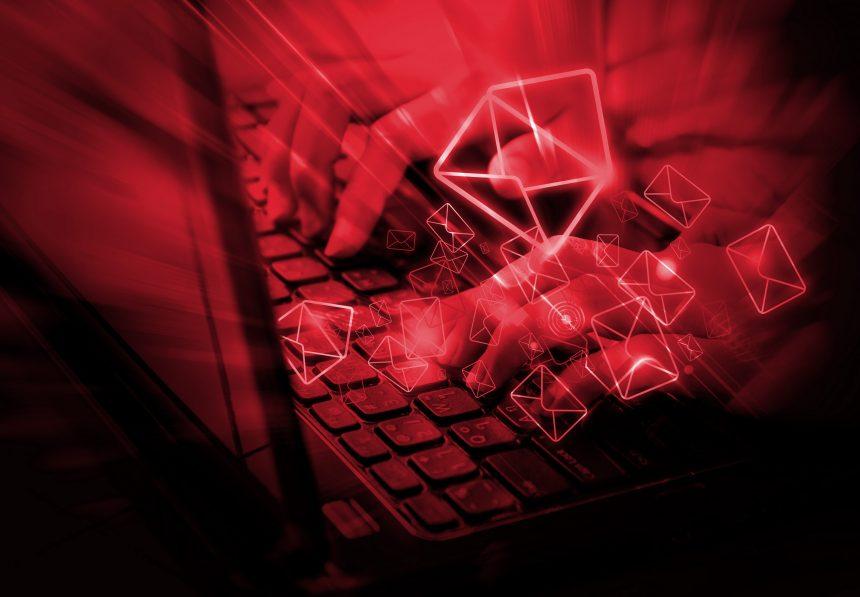Phishing scams are deceptive attempts by malicious entities to acquire sensitive information by masquerading as a trustworthy entity. These scams can take many forms, but commonly, they involve emails or messages that lure individuals into providing personal details, clicking on malicious links, or downloading harmful attachments. The primary goal of such scams is to steal personal information, access financial data, or install malware on the victim’s system.
General Threat Overview
Phishing scams typically infiltrate systems by exploiting the trust of users. They often come in the form of emails that seem to be from legitimate organizations or institutions, such as banks, email service providers, or online retailers. These emails usually contain urgent warnings or threats designed to create a sense of urgency, prompting the recipient to take hasty actions.
The threats posed by phishing attacks include:
- Data Theft: Sensitive personal or financial information can be stolen, leading to identity theft or unauthorized financial transactions.
- Malware Installation: Phishing emails can contain links or attachments that, when clicked, install malware on the victim’s computer. This malware can include keyloggers, ransomware, or spyware.
- System Compromise: Once malware is installed, it can give attackers control over the infected system, allowing them to manipulate files, monitor activity, or use the system for further attacks.
Mailbox De-Activation Email Scam
One particular phishing scam gaining attention is the “Mailbox De-Activation” email scam. The email associated with this scam is typically sent from an address that appears to be from a legitimate organization. For example, the scam might come from an email like support@examplemail.com.
Details of the Scam:
- Subject Line: Often includes something alarming like “Immediate Action Required: Mailbox Deactivation Notice.”
- Body of the Email: The email will claim that there has been a problem with your mailbox or account, and you need to take immediate action to prevent deactivation. The email usually includes a link to a fake login page that looks like a legitimate site but is designed to steal your credentials.
- Instructions: Recipients are typically instructed to click on a link provided in the email. This link directs them to a fraudulent website that requests their login credentials or other personal information.
Purpose of the Scam
The primary purpose is to harvest login credentials and personal information. Once the scammers obtain this data, they can access your email account, potentially leading to further identity theft or unauthorized transactions.
Common Reasons for Encountering This Scam
- You may have received this scam because your email address was part of a data breach or was bought by scammers.
- Scammers often use fake emails that appear urgent to trick individuals into acting quickly without considering the authenticity of the message.
Similar Threats
Other phishing threats that users might encounter include:
- Banking Scams: Emails claiming issues with your bank account and asking for your banking credentials.
- Tech Support Scams: Messages pretending to be from tech support teams claiming that your system is infected and asking for remote access.
- Package Delivery Scams: Emails purporting to be from delivery services with links to track your package, leading to malware downloads.
Removal Guide
If you suspect that your system may be compromised by this phishing scam, follow these steps to remove any associated malware:
- Disconnect from the Internet: Disconnecting from the internet helps prevent further data transmission and additional damage.
- Run an Antivirus Scan:
- Download and install SpyHunter, a reputable anti-malware tool.
- Open SpyHunter and run a full system scan to detect and remove any malware or threats.
- Manually Check for Malware:
- Open Task Manager (Ctrl + Shift + Esc) and look for suspicious processes. End any processes that are unfamiliar or suspicious.
- Navigate to Control Panel > Programs and Features, and uninstall any unfamiliar or recently installed programs.
- Clear Browser Data: Open your web browser and clear your cache, cookies, and history. This helps remove any traces of malicious scripts or cookies.
- Change Passwords: Immediately change passwords for your email accounts and other sensitive accounts, especially if you provided any login information.
- Enable Two-Factor Authentication: Adding an extra layer of security to your accounts can help prevent unauthorized access in the future.
Preventive Measures
To avoid falling victim to phishing scams in the future:
- Be Cautious with Emails: Do not click on links or download attachments from unknown or suspicious emails.
- Verify Senders: Contact organizations directly through official channels if you receive unexpected or urgent communications.
- Keep Software Updated: Ensure that your operating system and software are up to date with the latest security patches.
Conclusion
Phishing scams like the Mailbox De-Activation email scam are designed to exploit your trust and steal your personal information. By following the removal guide and preventive measures, you can protect yourself from these threats and secure your digital environment.
Download SpyHunter today and perform a free scan to ensure your system is free from malware.
If you are still having trouble, consider contacting remote technical support options.





